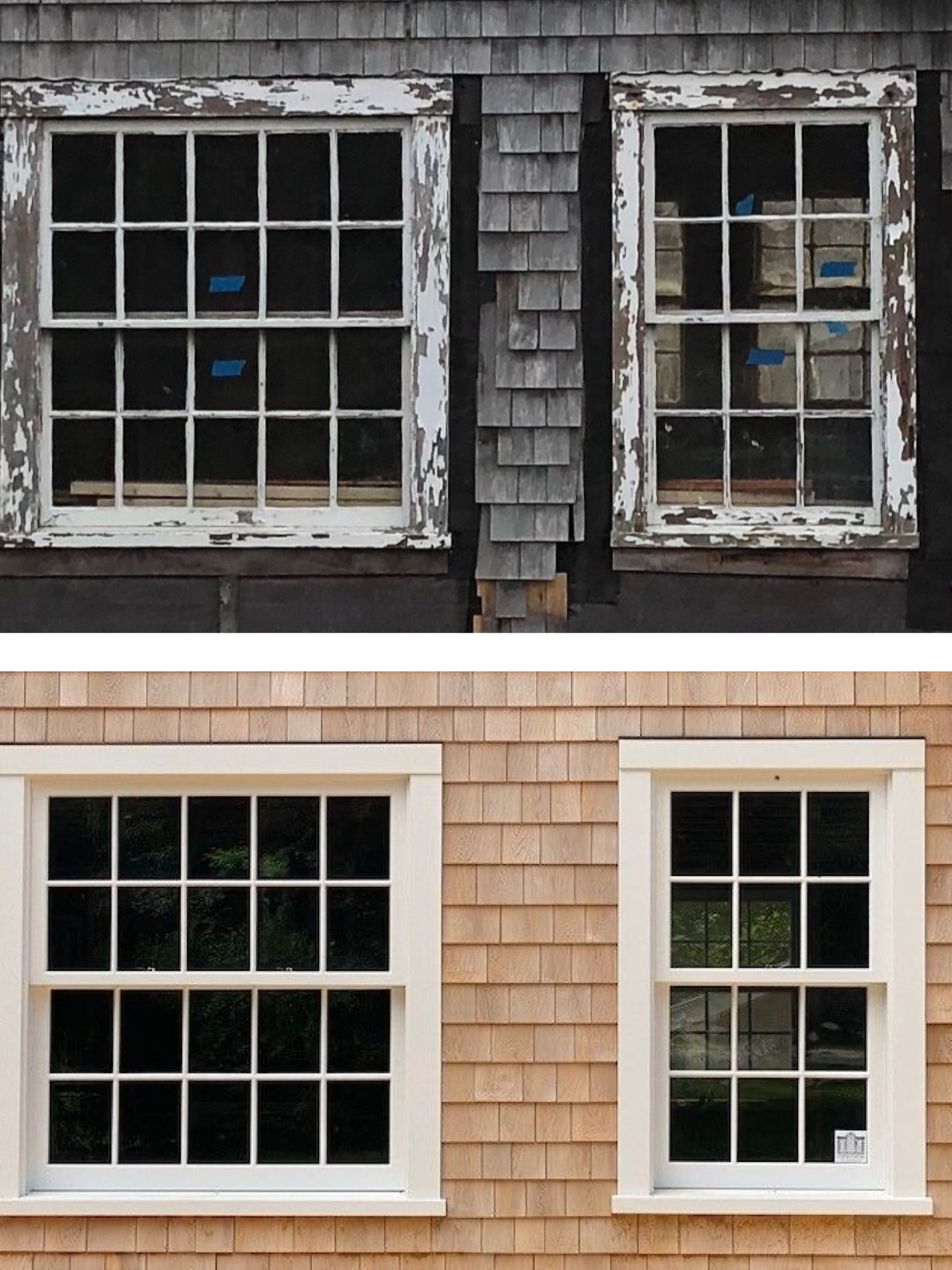In the almost 30 years I've been doing stained and leaded glass in the greater Philadelphia area, it's hard to think of a time when restoration was not a subject of interest. Having worked on so many historic project and having spent over 20 years working with the many various glasses associated with the restoration field, I thought I'd take a few minutes to explain some of the important insights of this illusive material.
Glass has been in use for about 4,500 years. It is one of the most fragile and enduring materials that man has ever made. So right there you have an apparent contradiction, how can glass be so versatile and enduring while being so seemingly fragile. Lets dig into it... first you should know, I love glass, and yes, I am a "glass geek". I can talk about glass till most peoples eyes glaze over and their ears begin to bleed.
Technically speaking glass is an amorphous solid, unlike other solids it has it's own unique place in the physical world. This unique state makes it possible for simple sand, or silica (silicon dioxide, or SiO2), usually in the form of quartz to be transformed into a variety of materials from window glass to fiber optical strands. It can be both brittle and incredibly pliable, transparent or opaque and anywhere in-between.
For this entry, let's focus on common window glass. A typical residential window will conform to these basic characteristics. It is transparent, or nearly transparent, generally clear or "colorless", it is waterproof and ranges in thickness from 3/32" to 1/4". There are of course exceptions, but this is the norm and accounts for 95% of the market.
Historical overview: Over time there have been many different methods used to manufacture window glass. Some of the earliest production was crown glass, followed by blown glass then cast glass, cylinder drawn glass, fourcault or vertically drawn glass and then float glass which is the primary process used in modern architectural glass manufacture.
In each of these various methods there are subtle and distinct characteristics embedded into the glass ranging from a variety of surface distortions and imperfections to almost flawlessly flat glass. Depending on the period and specifics of your restoration glass project finding the right glass to match is the key to a successful restoration.
Stay tuned... more to come. Or feel free to contact me, joseph@milanoglassworks.com for more information about your specific project.



























